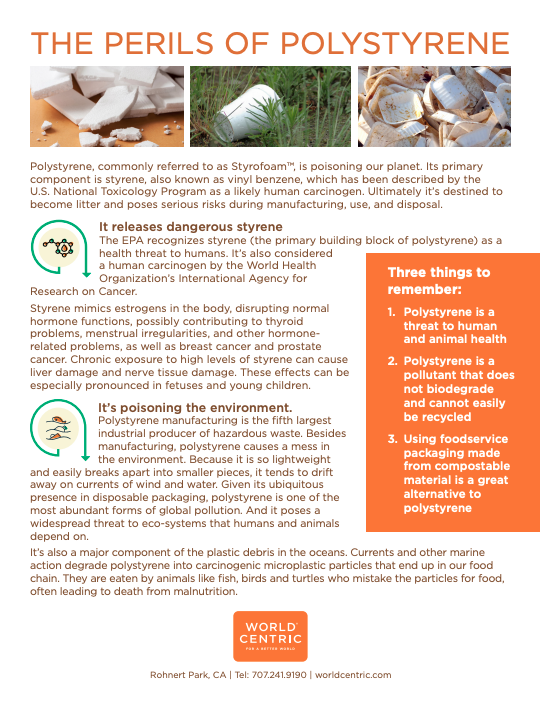
Styrofoam cups are ubiquitous, offering a convenient and affordable way to enjoy both hot and cold beverages on the go. However, their widespread use has sparked concerns about their potential impact on human health. While styrofoam’s insulating properties make it ideal for keeping drinks at the desired temperature, some studies suggest that certain chemicals within these cups can leach into our beverages, raising questions about their safety. This article delves into the potential risks associated with styrofoam cups and explores safer alternatives to consider.
This comprehensive guide will examine the specific concerns surrounding styrofoam cup usage, focusing on chemical leaching and its implications for both hot and cold drinks. We’ll also discuss the environmental impact of styrofoam and highlight reusable cup options that offer a more sustainable and potentially healthier choice.
Styrofoam Cup Safety Concerns
Styrofoam cups are primarily made from polystyrene, a type of plastic known for its lightweight and insulating properties. While these characteristics make them appealing for beverage containers, polystyrene can contain harmful chemicals that may pose health risks when they come into contact with our drinks.
One primary concern is the presence of styrene, a volatile organic compound (VOC) found in polystyrene. Styrene has been classified as a potential human carcinogen by the International Agency for Research on Cancer (IARC). While the amount of styrene that leaches from styrofoam cups into beverages is generally considered low, repeated exposure over time could potentially contribute to health problems.
Another concern is the presence of other chemicals used in the manufacturing process of styrofoam cups, such as flame retardants and plasticizers. These additives can also leach into drinks, raising concerns about their potential impact on human health. Some studies have linked certain flame retardants to developmental issues and endocrine disruption.
Chemical Leaching in Drinks
Chemical leaching occurs when substances from a material, like styrofoam, dissolve into another substance, such as a beverage. This process is influenced by several factors, including temperature, time of contact, and the acidity or alkalinity of the drink.
When hot drinks in styrofoam cups are consumed, the heat can accelerate chemical leaching. Studies have shown that higher temperatures can increase the amount of styrene and other chemicals that migrate from styrofoam into beverages. This is particularly concerning for hot coffee, tea, and soup, which are often served in styrofoam cups.
For cold drinks, the risk of chemical leaching is generally lower due to the absence of heat. However, it’s important to note that some studies suggest that even cold beverages can absorb small amounts of chemicals from styrofoam over time.
Heat and Chemical Exposure
The relationship between heat and chemical exposure from styrofoam cups is a significant concern. As mentioned earlier, heat can significantly increase the rate of chemical leaching from polystyrene.
When hot drinks are poured into styrofoam cups, the heat causes the styrene and other chemicals to become more mobile within the plastic structure. This increased mobility allows these substances to more readily dissolve into the beverage. The longer the hot drink remains in contact with the styrofoam cup, the greater the potential for chemical leaching.
Cold Beverages and Styrofoam
While cold drinks in styrofoam cups pose a lower risk of chemical leaching compared to hot beverages, it’s not entirely absent. Some studies have shown that even cold drinks can absorb small amounts of chemicals from styrofoam over time.
The exact amount of leaching that occurs with cold beverages is generally less than with hot drinks due to the absence of heat-induced acceleration. However, repeated exposure to styrofoam cups for cold drinks could still contribute to a cumulative effect.
Reusable Cup Alternatives
Given the potential health risks associated with styrofoam cups, it’s essential to explore safer and more sustainable alternatives. Reusable cups made from materials like stainless steel, glass, or bamboo offer a healthier and environmentally friendly option.
Stainless steel cups are durable, lightweight, and resistant to leaching. Glass cups are also a good choice as they are non-reactive and easy to clean. Bamboo cups are a biodegradable and eco-friendly alternative that is becoming increasingly popular.
Conclusion
While styrofoam cups provide convenience and insulation, their potential health risks associated with chemical leaching cannot be ignored. The presence of styrene and other chemicals in polystyrene raises concerns about their long-term impact on human health, particularly when used for hot drinks in styrofoam cups.
By opting for reusable cup alternatives made from safer materials like stainless steel, glass, or bamboo, we can minimize our exposure to these potential risks while also contributing to a more sustainable future.
